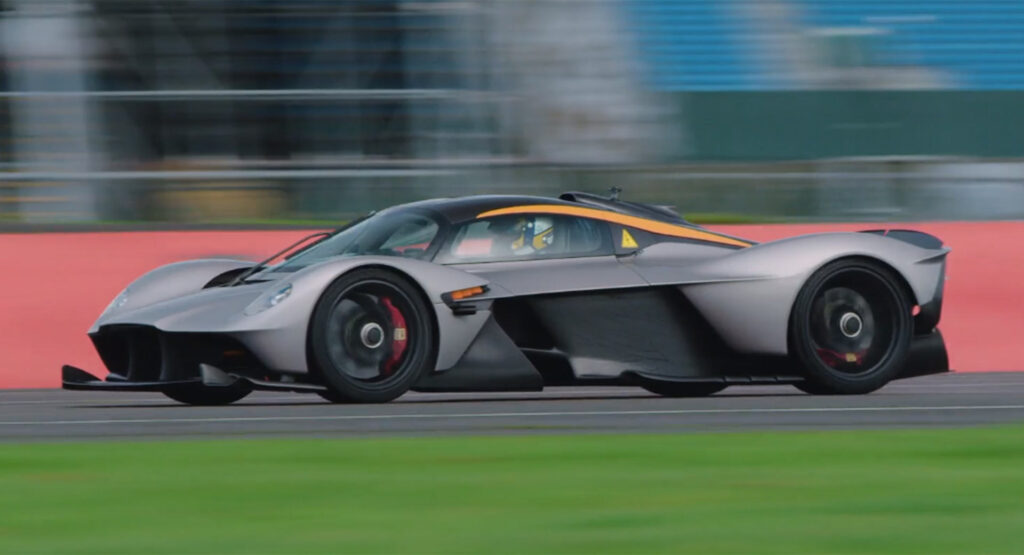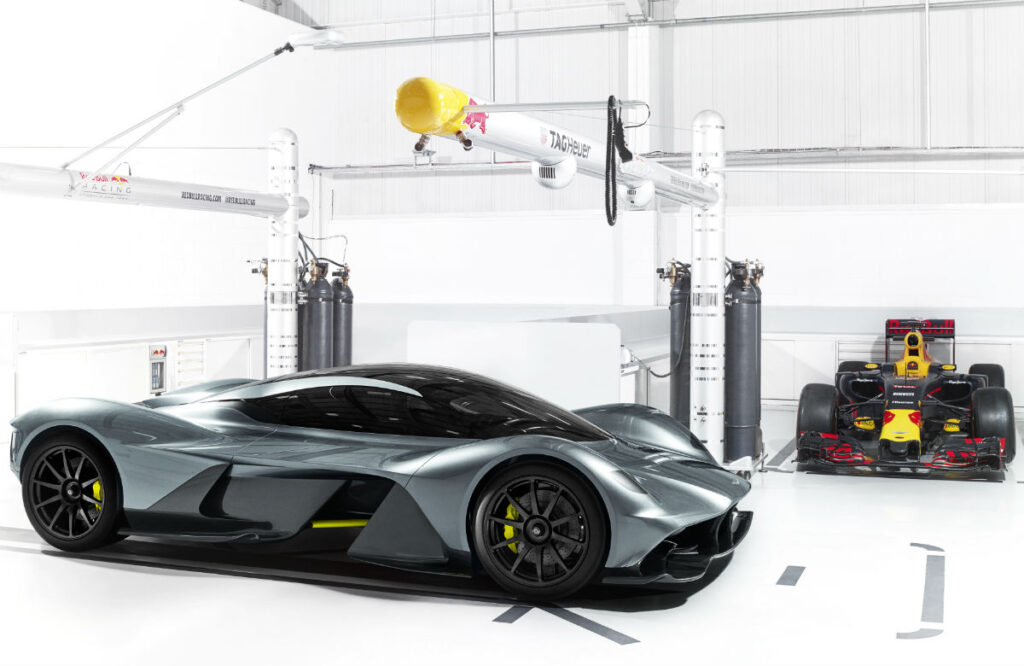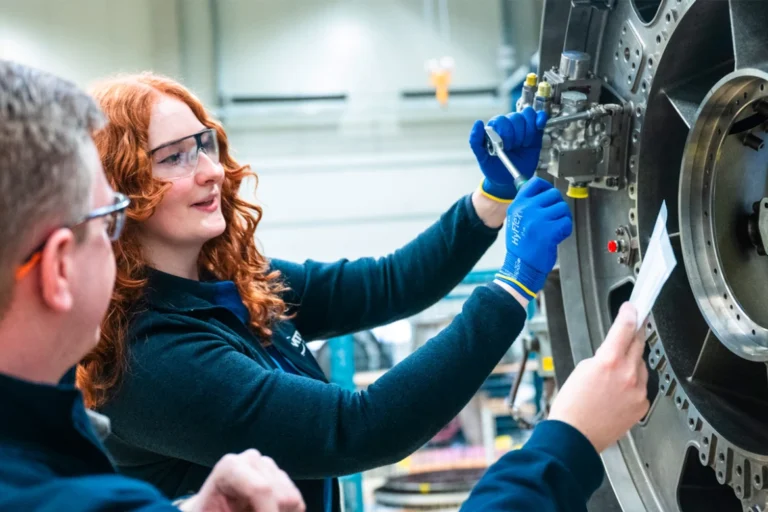
Discover how to build a car like legendary F1 designer Adrian Newey. Learn the key principles, aerodynamics, and engineering techniques behind world-champion cars with expert insights.
What Makes Adrian Newey’s Cars So Special?
Adrian Newey is one of the most successful Formula 1 car designers in history. His cars have won numerous world championships with teams like Williams, McLaren, and Red Bull Racing. But what sets his designs apart?
Newey’s engineering blends aerodynamics, chassis dynamics, and innovation like no other. If you’re curious about how to build a car Adrian Newey style, this guide breaks it down for you.
Step 1: Start with Aerodynamics at the Core
Unlike most car builders, Adrian Newey begins with airflow, not the engine. The car’s entire shape is crafted to optimize downforce and reduce drag.
- Use CFD (Computational Fluid Dynamics) software.
- Focus on smooth airflow around the front wing, sidepods, and diffuser.
- Design a narrow rear end to channel air efficiently.
Even small tweaks in the shape of the floor can transform performance.
Step 2: Prioritize Lightweight Materials
Weight reduction is key. Newey uses carbon fiber and other composite materials for both strength and lightness.
To follow his lead:
- Use aluminum for suspension parts.
- Opt for carbon-composite monocoques.
- Eliminate unnecessary interior parts if building for performance.
As a result, you’ll achieve better acceleration, braking, and cornering.
Step 3: Perfect the Chassis and Suspension Geometry
Newey’s genius lies in how he aligns the suspension geometry with the aerodynamic load. He ensures the car maintains downforce during dynamic changes.
When building your own:
- Use push-rod or pull-rod suspension for compactness.
- Tune camber, caster, and toe angles for precise handling.
- Ensure stiffness without sacrificing ride comfort.
This harmony between aero and mechanical grip is what wins races.
Step 4: Focus on Engine Integration
While Newey doesn’t build engines, he’s a master at packaging them efficiently. The engine and cooling system must complement the aerodynamic profile.
Key actions include:
- Mount the engine low for a better center of gravity.
- Design narrow radiators and cooling inlets.
- Avoid obstructing airflow paths.
With tight packaging, you maximize performance while maintaining reliability.
Step 5: Digital Simulations and Wind Tunnel Testing
Newey always validates designs with data. Simulate before building.
- Use simulators and telemetry tools to test handling.
- Combine digital wind tunnels with real-world testing.
- Analyze tire data for grip levels and wear rates.

FAQs How to Build a Car Like Adrian Newey
Q1: Can I build a car using Adrian Newey’s design approach?
Yes, but it requires deep knowledge of aerodynamics, simulation tools, and mechanical engineering.
Q2: Do I need F1-level tools to apply his principles?
Not exactly. While professional tools help, you can start with basic CFD software and racecar engineering textbooks.
Q3: What makes Newey’s cars better than others?
His mastery in blending airflow design, lightweight engineering, and balanced suspension systems.
Q4: How important is wind tunnel testing?
Extremely important. Wind tunnels validate aerodynamic changes before implementation.
Q5: Can beginners learn Newey’s design philosophy?
Yes, through his book “How to Build a Car”, online engineering courses, and F1 technical papers.



lbwgtd